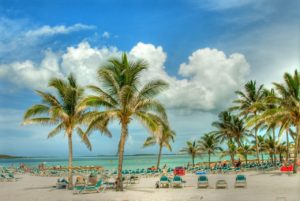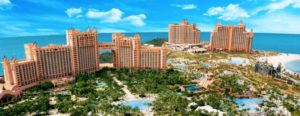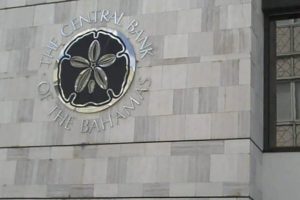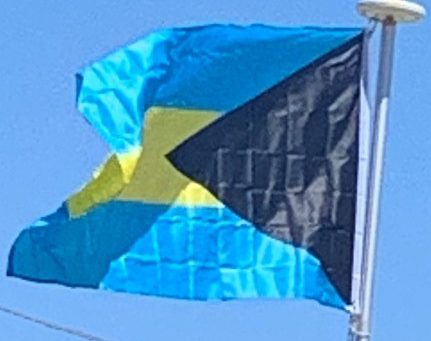All the islands are low and flat, with ridges that usually rise no more than 49 to 66 feet. The highest point in the country is Mount Alvernia (formerly Como Hill) on Cat Island. It has an elevation of 207 feet.

To the southeast, the Turks and Caicos Islands, and three more extensive submarine features called Mouchoir Bank, Silver Bank and Navidad Bank, are geographically a continuation of the Bahamas.
Economy:
By the terms of GDP per capita, the Bahamas is one of the richest countries in the Americas. It was revealed in the Panama Papers that The Bahamas is the jurisdiction with the most offshore entities or companies.
Tourism:
The Bahamas relies on tourism to generate most of its economic activity. Tourism as an industry not only accounts for over 60% of the Bahamian GDP, but provides jobs for more than half the country’s workforce. The Bahamas attracted 5.8 million visitors in 2012, more than 70% of whom were cruise visitors.

Financial Services:
After tourism, the next most important economic sector is banking and offshore international financial services, accounting for some 15% of GDP.
The government has adopted incentives to encourage foreign financial business, and further banking and finance reforms are in progress. The government plans to merge the regulatory functions of key financial institutions, including the Central Bank of the Bahamas (CBB) and the Securities and Exchange Commission. The Central Bank administers restrictions and controls on capital and money market instruments. The Bahamas International Securities Exchange consists of 19 listed public companies. Reflecting the relative soundness of the banking system (mostly populated by Canadian banks), the impact of the global financial crisis on the financial sector has been limited.
The economy has a very competitive tax regime (classified as a tax haven). The government derives its revenue from import tariffs, VAT, licence fees, property and stamp taxes, but there is no income tax, corporate tax, capital gains tax, or wealth tax. Payroll taxes fund social insurance benefits and amount to 3.9% paid by the employee and 5.9% paid by the employer. In 2010, overall tax revenue as a percentage of GDP was 17.2%.

Agriculture:
Agriculture is the third largest sector of the Bahamian economy, representing 5–7% of total GDP. An estimated 80% of the Bahamian food supply is imported. Major crops include onions, okra, tomatoes, oranges, grapefruit, cucumbers, sugar cane, lemons, limes, and sweet potatoes.
Transportation:
Highways:
There are approximately 1,689 miles of road in the Bahamas that is classified as highway. Of these, approximately 970 miles are paved. As a former British colony, drivers drive on the left.
Ports and Harbors:
Marinas and harbors are plentiful on The Bahamas islands, making aquatic travel an easy way to navigate between the islands group. Boat travel can be the only way to reach some of the smaller islands. Travelers entering the island will need to clear customs first, but boatsmen can enter any of two dozen ports of entry.
